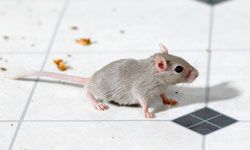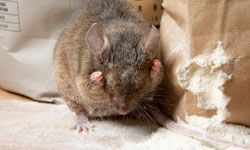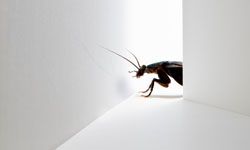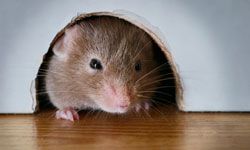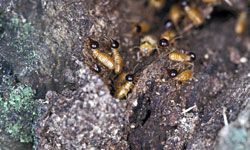Whether pests fascinate you with a scientific curiosity or disgust you completely, we have to admit that pests don't make good roommates. Pests can bite, spread disease among people, invade our food supply and cause damage to structures. What's worse -- even if you rent a place for only a brief amount of time -- the pests can hide in your stuff, allowing you unknowingly to bring an infestation with you when you move out. So, before you move into a rental apartment or home, it's best to make sure it doesn't already have some pesky occupants.
This can be difficult, however, as pests know how to hide, especially during the day, and apartment complexes provide plenty of hidden pathways and easy entry points for pests to use. Luckily, many pests do tend to leave clues that they're there, lurking behind walls or in holes. That's why it's important to know what to look for.
Advertisement
